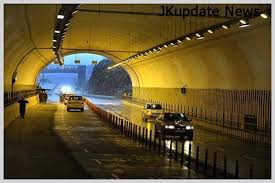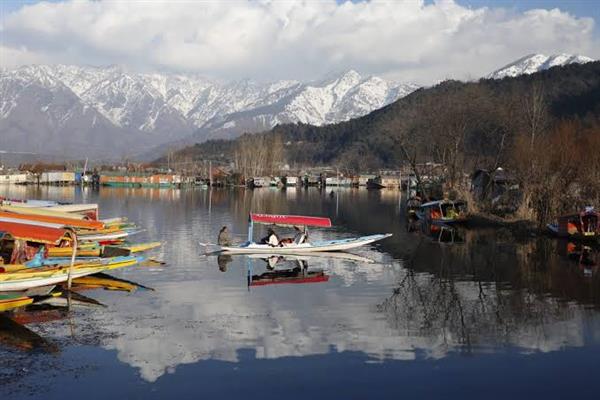Low visibility, dust and suffocation inside the 9.2-km Chenani-Nashri tunnel are posing a serious threat to people’s lives. Besides, a few accidents have also occurred in the past inside the tunnel.
Commuters complain of dust and suffocation inside the South East Asia’s longest tunnel, as the tall claims by the National Highways Authority of India (NHAI) on ensuring a proper ventilation system inside the tunnel have fallen apart.
The engineering marvel, which was inaugurated by Prime Minister Narendra Modi on April 2 last year, has bypassed the 42-km of the hilly terrain on the Jammu-Srinagar national highway with 9.2-km-long straight tunnel in the mountainous range of lower Shivalik and Central Himalayas.
Soon after the inauguration of the tunnel, commuters started facing huge amount of smoke inside the tunnel which is gradually increasing day by day.
“It has become difficult to spend five minutes inside the tunnel with low visibility and suffocating environment,” said Saurabh Sharma, a frequent traveller.
“A few days ago my father started feeling uneasy while travelling inside the tunnel. Now, I prefer to avoid the tunnel whenever I am travelling with my father,” he added.
Calling it a temperory problem, the authorities claim that the ventilation system is working properly, but the amount of dust inside the tunnel is so high that the ventilation system is unable to prevent all dust and smoke from the tunnel.
“I cannot comment on the tunnel, but any compact space with low ventilation can harm heart patients,” said Dr Sushil Sharma, Head of Department, Cardiology, Government Medical College and Hospital, Jammu.
MT Attarde, Project Director, NHAI, refused to comment on the issue.
Low Visibility, Smoke inside Chenani-Nashri tunnel pose risk to commuters






